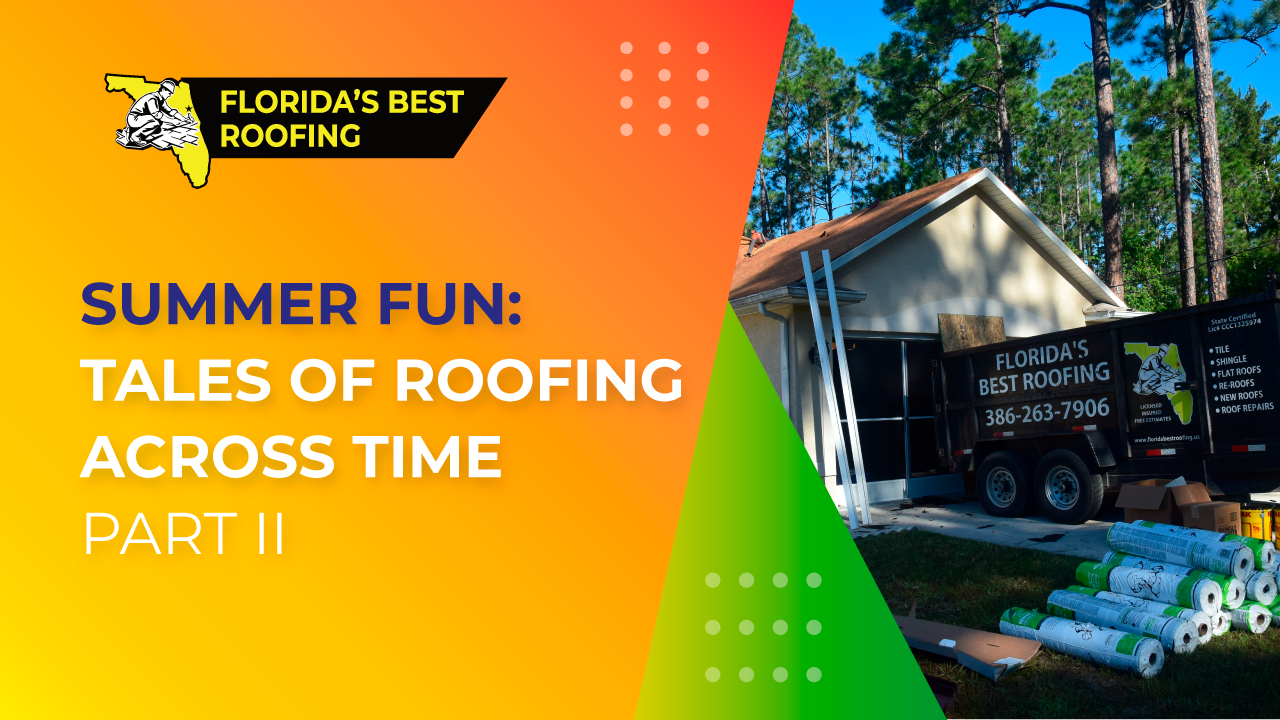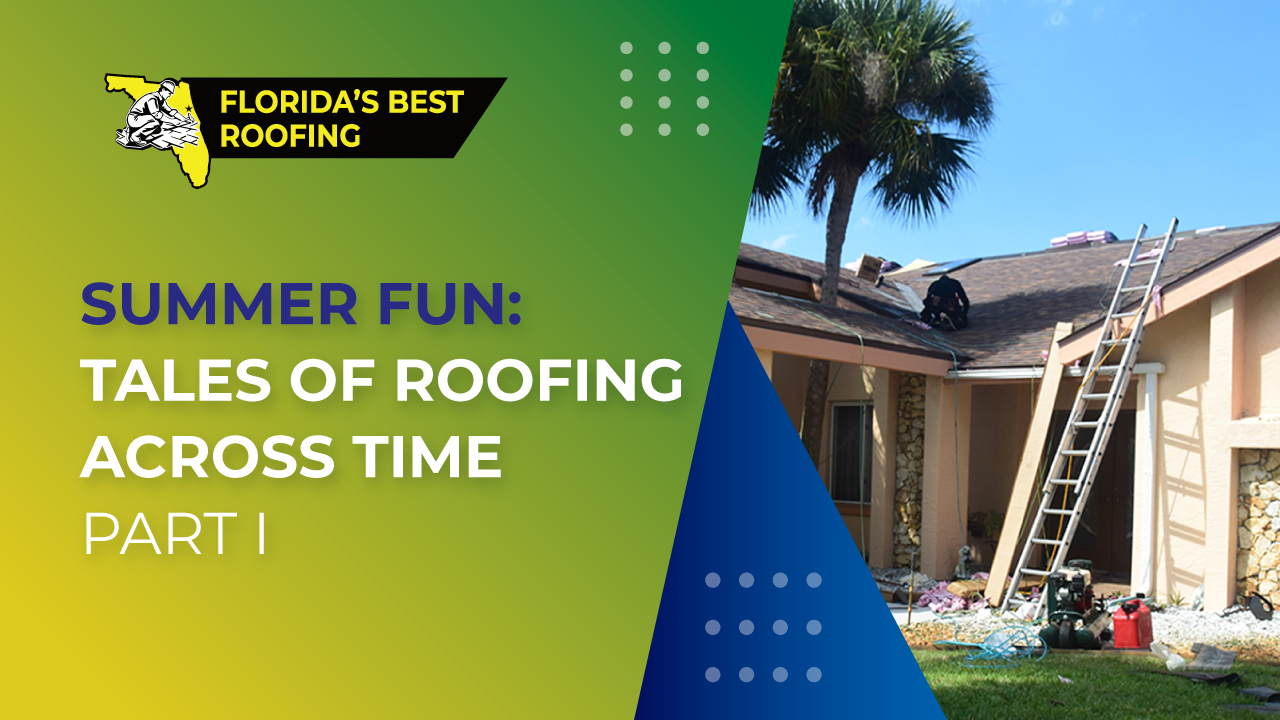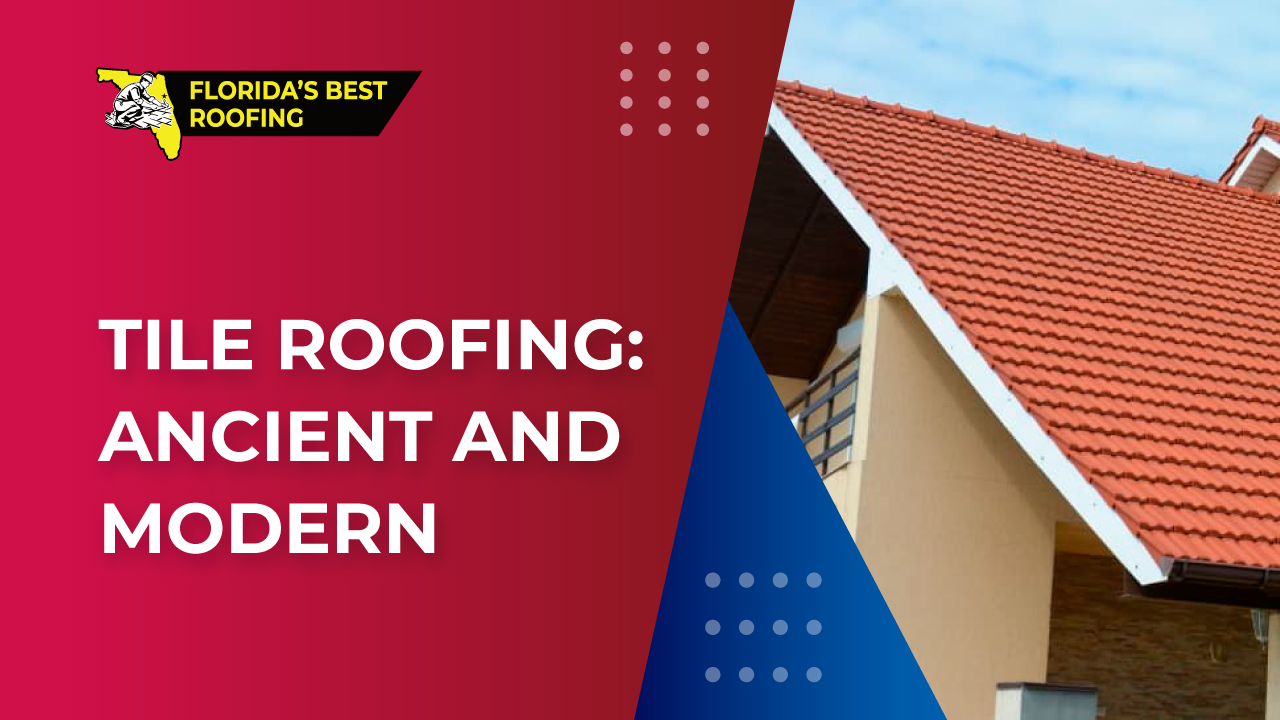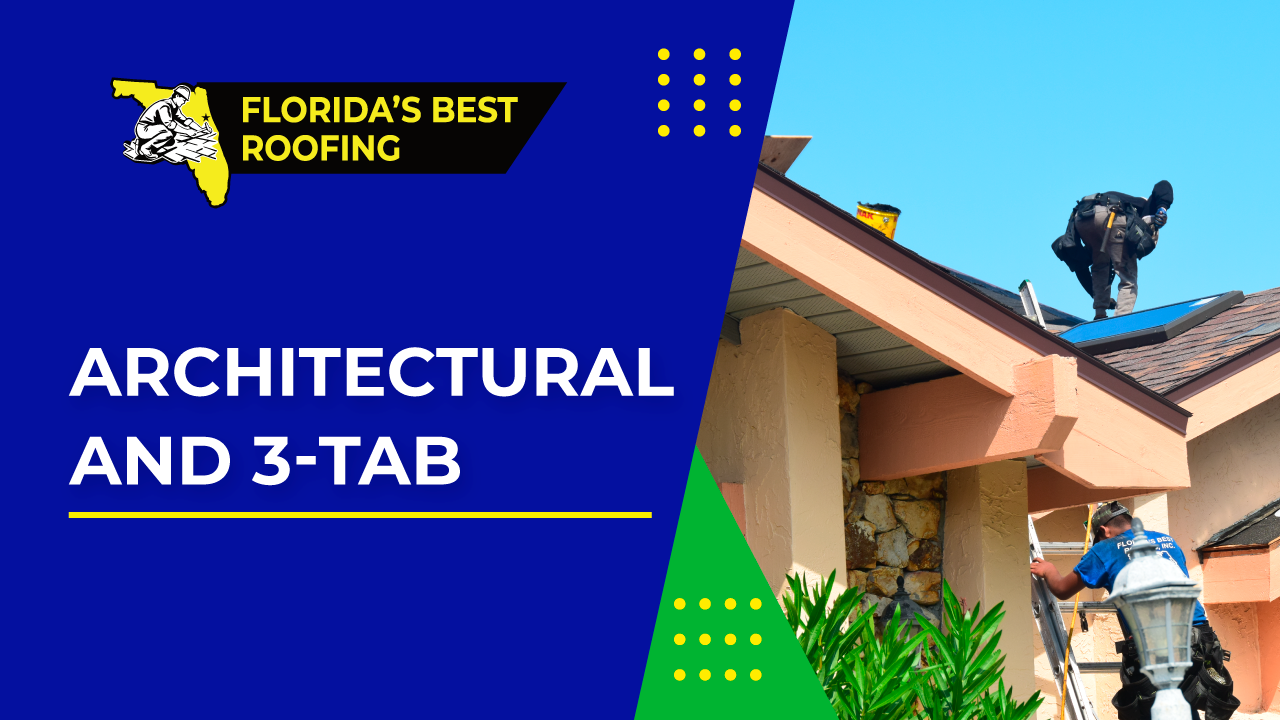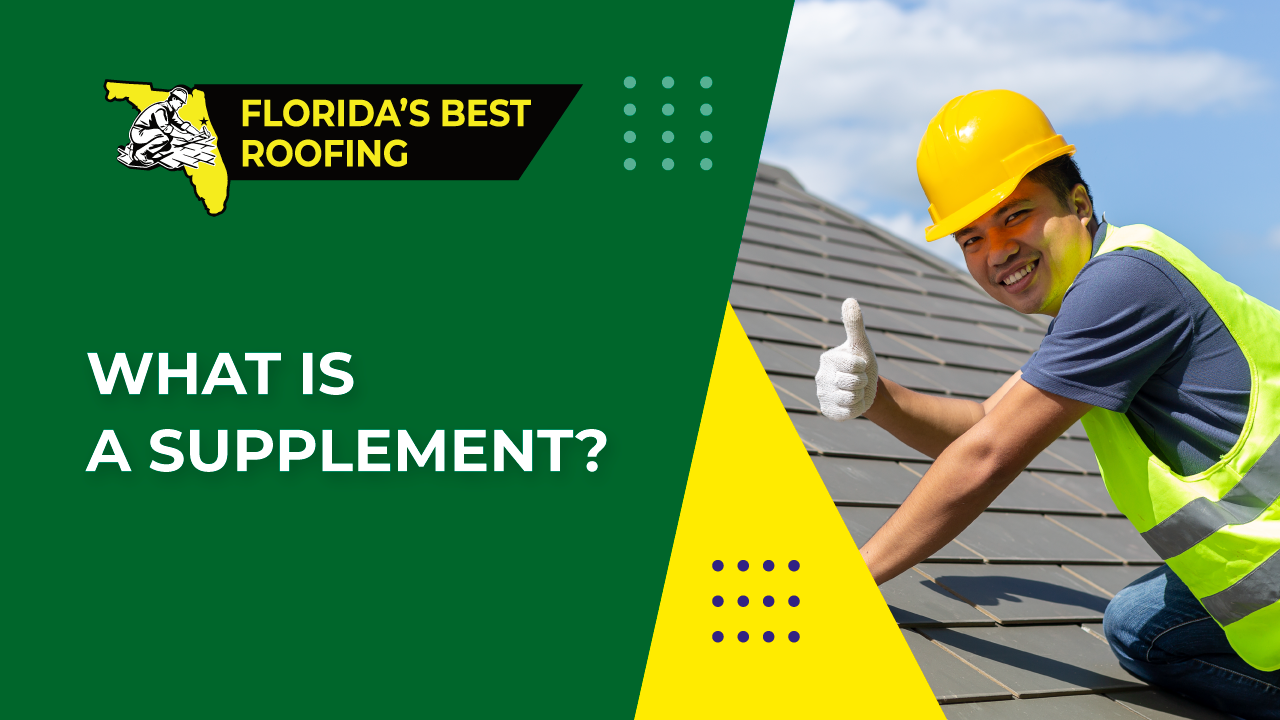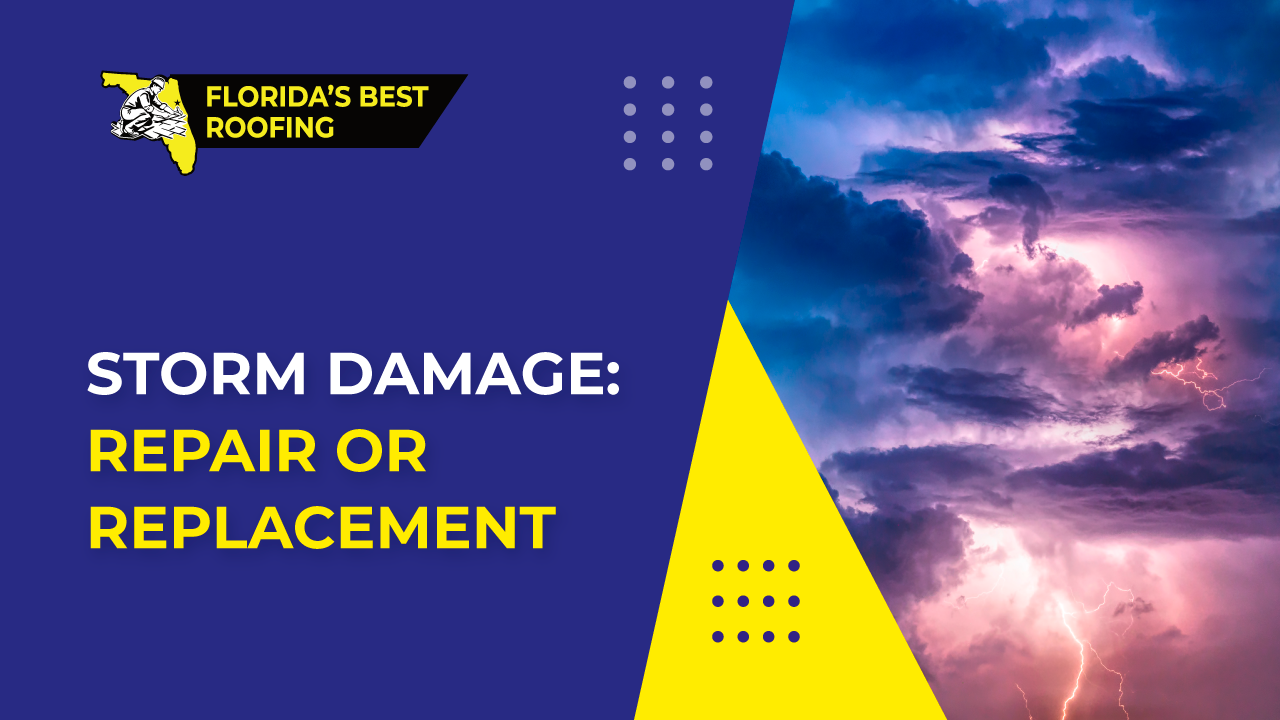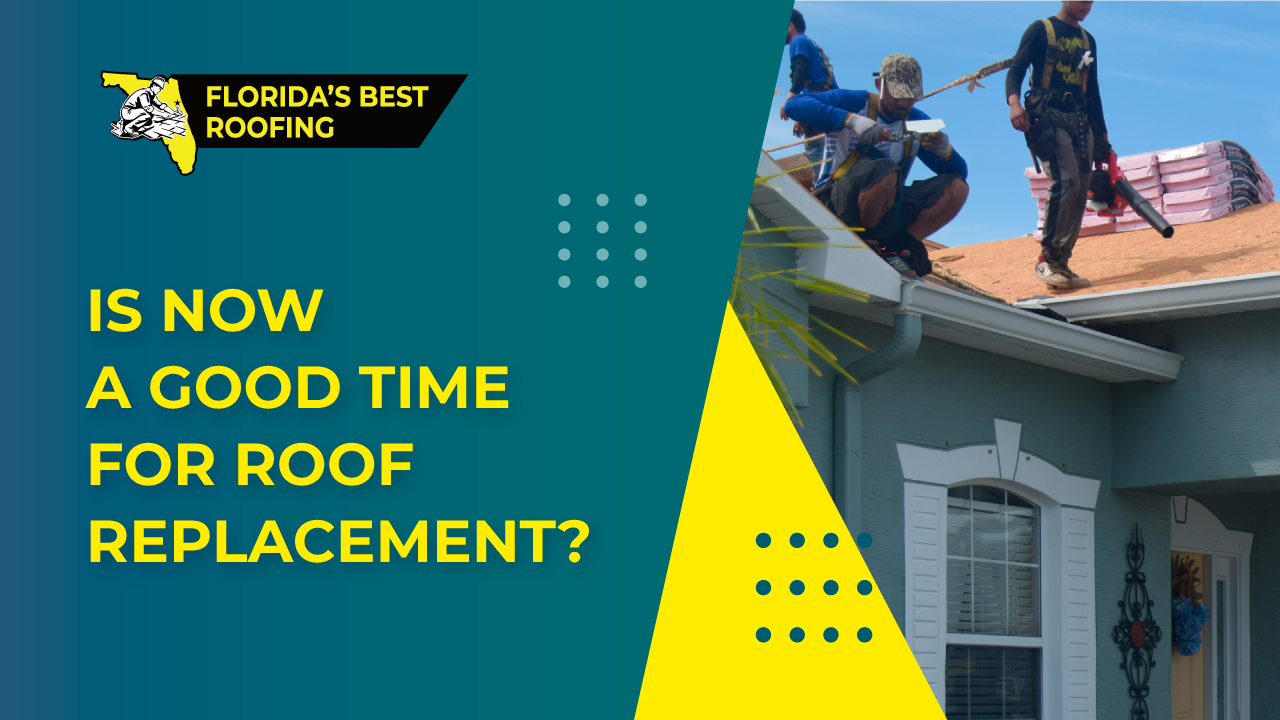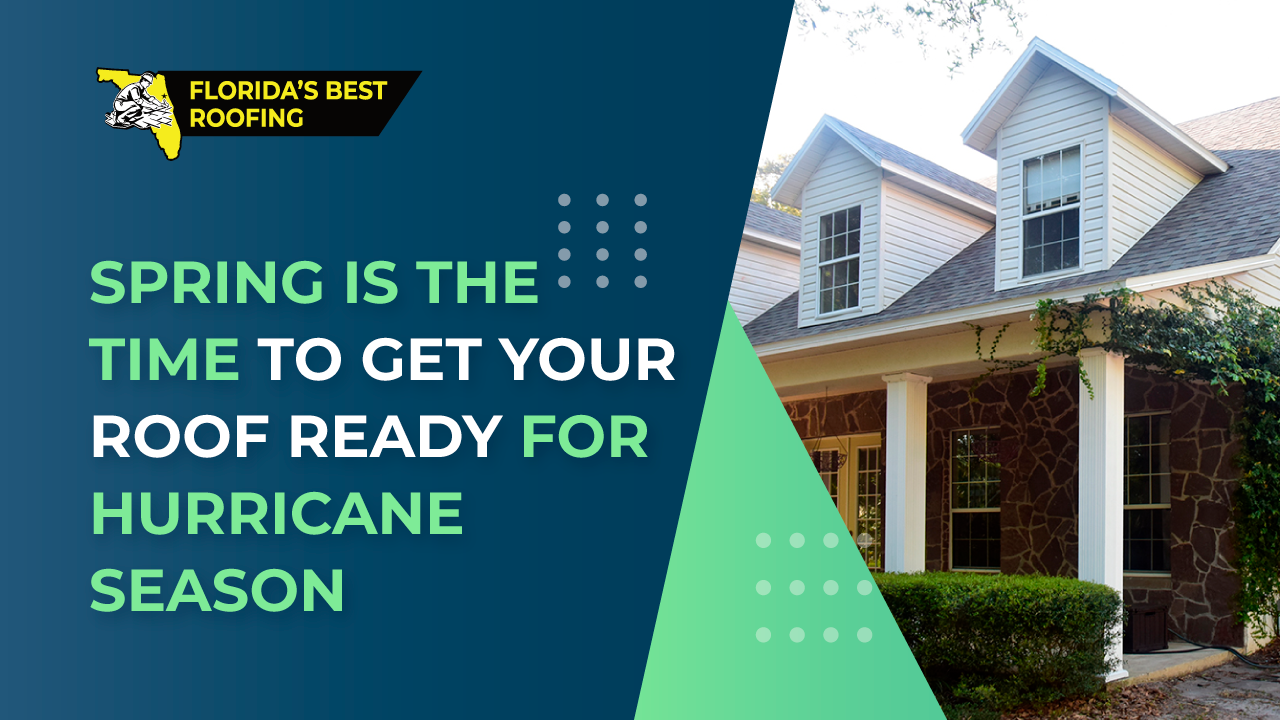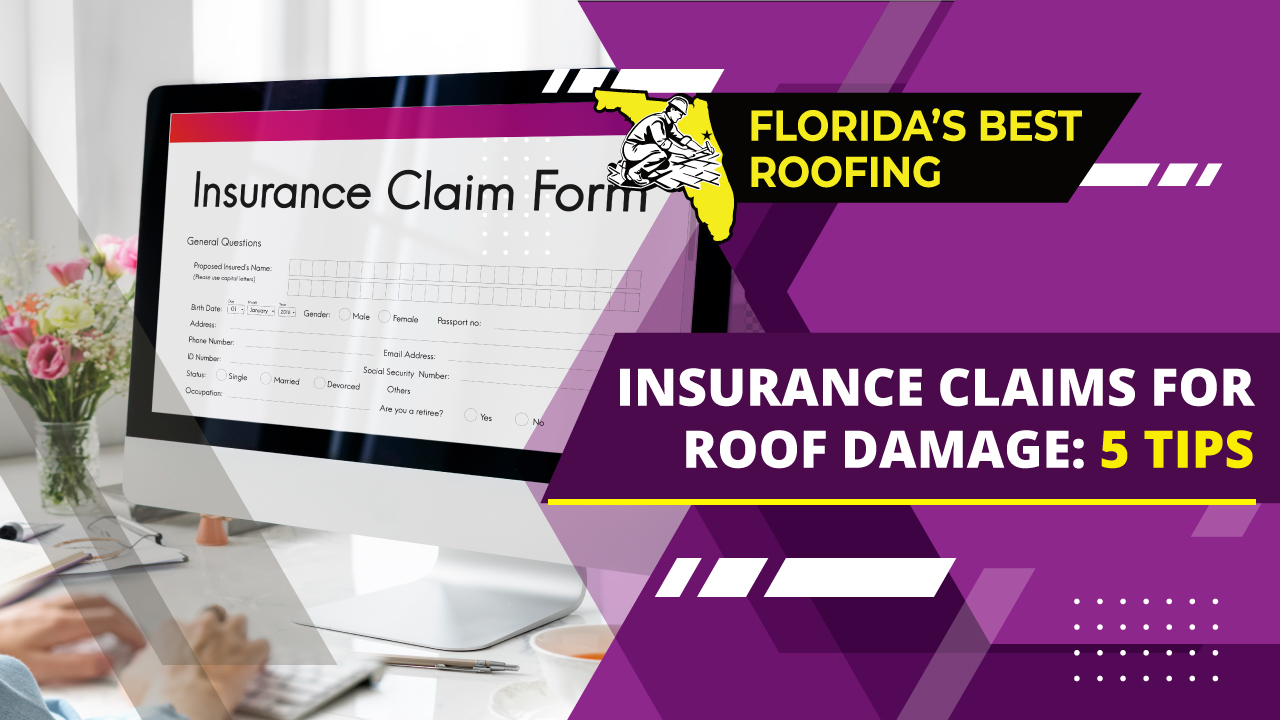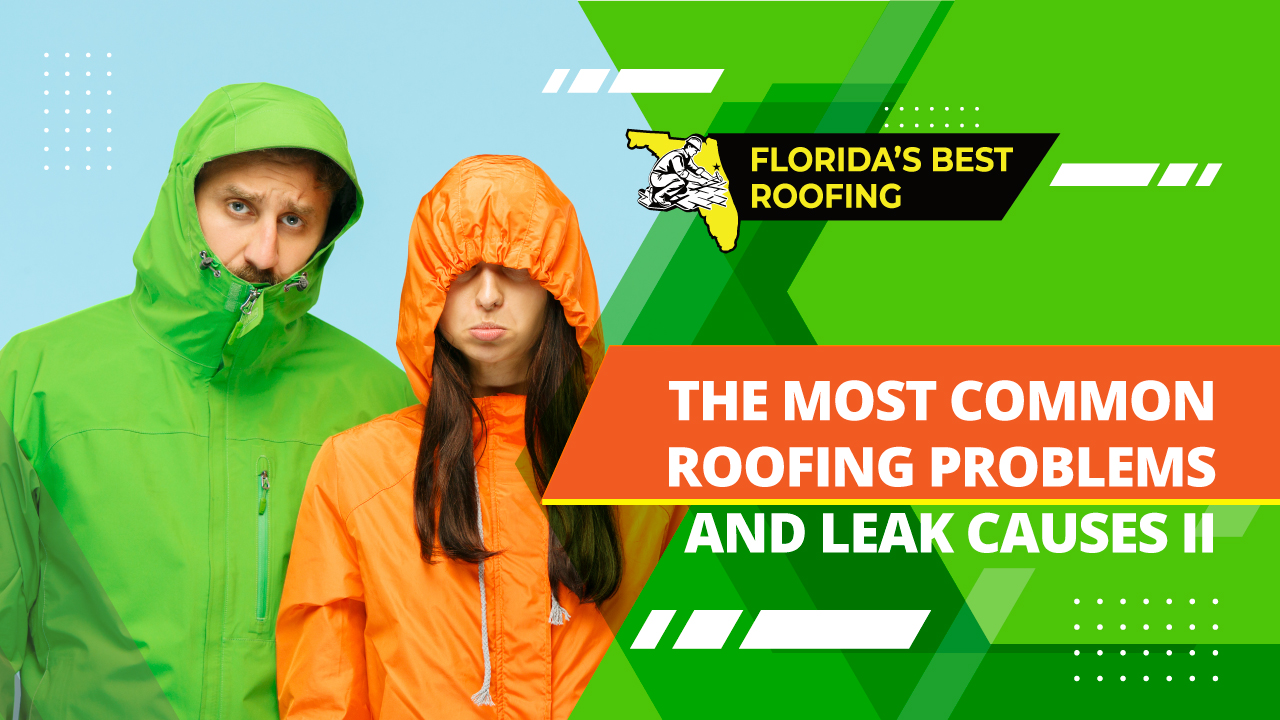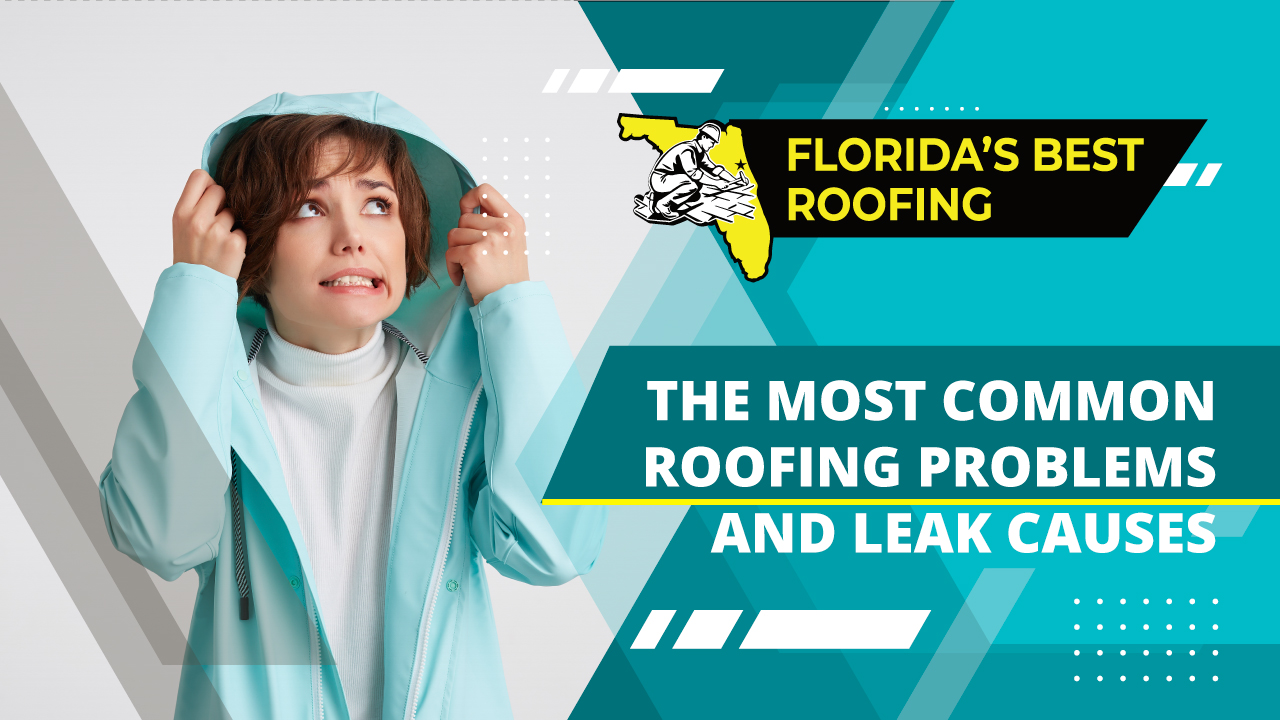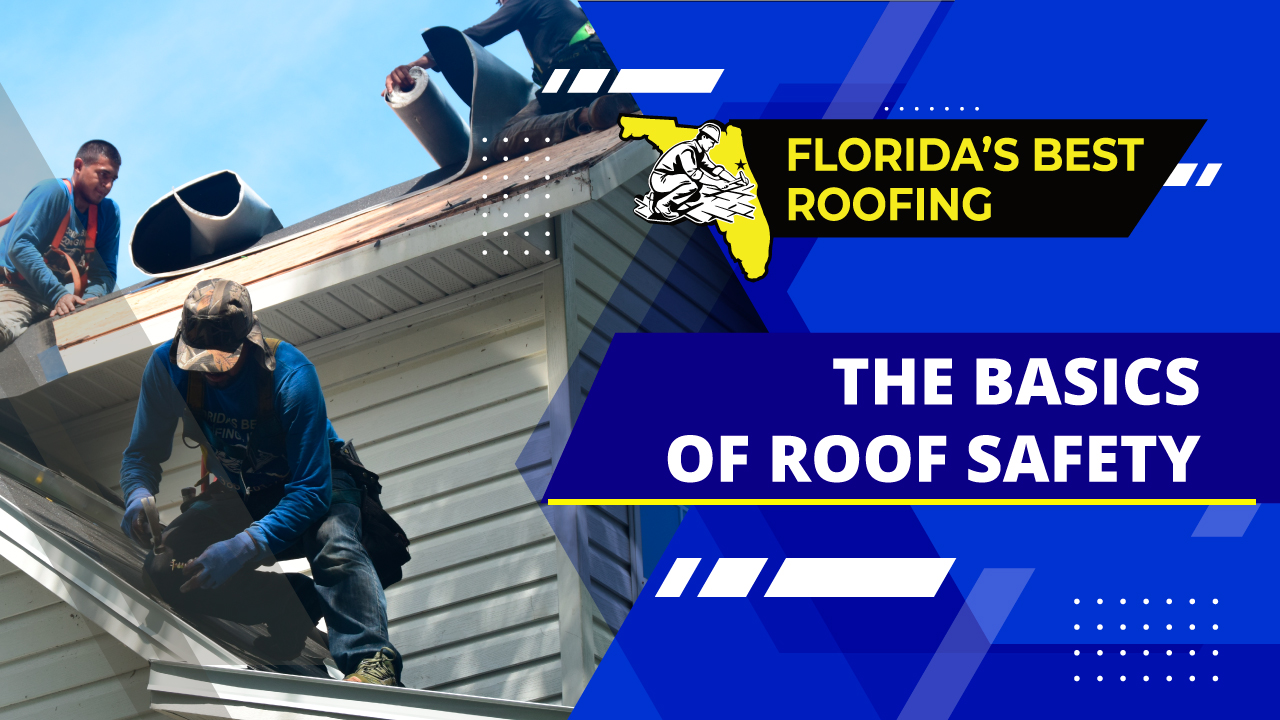Summer Fun: Tales of Roofing Across Time Part II
Nowadays roofing construction and the roofing business can seem mundane and often quite a hassle for those who have to deal with roof repairs or roof replacement. While that, in fact, may have always been the case throughout history, roofing does play a key role in a few tales across time, from mythological, to historical, to mundane. This is the second post in a series where we will look at interesting ways that roofing has come up in ancient mythology and history while contextualizing these snapshots for those who may not be quite so familiar with tales from antiquity.
Pyrrhus of Epirus
A roofing mishap gains historical significance in the life and death of Pyrrhus of Epirus. Pyrrhus is best known perhaps for the fact that his name becomes part of the phrase “Pyrrhic victory” and thus synonymous with a sort of mild failure. A Pyrrhic victory is essentially an empty victory in which the victor loses more in manpower and resources than they gain in the victory itself. Pyrrhus’ name becomes attached to this phrase due to his entanglements with the ancient Romans in a period when they were beginning to extend their control over the south of what would eventually become modern Italy.
Pyrrhic War: 281-275 BCE
Pyrrhus was a king of the Hellenistic period of ancient Greece, which is so called because after the campaigns and subsequent death of Alexander the Great of Macedonia, many small Greek kingdoms sprung up and began to rule over the eastern Mediterranean. Epirus was one of these kingdoms, and it was located on the western coast of the Greek peninsula, off of the coast of the Adriatic Sea, and fairly close to ancient Italy.
While the Hellenistic Greek kingdoms were ruling over the eastern Mediterranean, a new power began to rise in the west. The western Mediterranean had for centuries been dominated by Carthage, a colony of the Phoenicians in North Africa. However, beginning at the start of the 4th century BCE a small town in central Italy began to grow. This town would eventually give its name to the Roman Empire and rule over most of Europe, North Africa, and Western Asia for centuries. At this time, however, Rome was expanding its influence to the south.
Rome jumped on the opportunity to expand their influence when Thurii, an independent city-state in southern Italy, requested Rome’s assistance in staving off raids from neighboring tribal communities. When Rome agreed and their assistance was effective, Croton, Rhegium, and Locri, three other independent city-states, followed Thurii’s example and concluded treaties with the Romans. This arrangement, however, spooked Tarentum, a neighboring state that wanted to remain independent. In 282 BCE Tarentum attacked a Roman navy ship which was sailing too close to its coast. In turn, the Romans marched to besiege the town of Tarentum. Tarentum appealed for help (with the promise of monetary recompense) to the east and found Pyrrhus.
Pyrrhus jumped on the chance to battle the Romans and make his mark in the west. His whole life he had emulated Alexander the Great, whose whirlwind conquest of Asia and subsequent death had taken place less than 50 years earlier. It was rumored that before he died Alexander was planning to take his conquests west and make Italy his next prize. Pyrrhus figured that he would take his mercenary army, hired by Tarentum, and complete that task.
Thus begin the events for which Pyrrhus would gain everlasting fame, although perhaps not in the way he imagined. Pyrrhus fought three battles with the Romans: Heraclea in 280 BCE, Ausculum in 279 BCE, and Beneventum in 275 BCE. The first two battles, Heraclea and Ausculum, were Pyrrhic victories. That is, Pyrrhus won the battles, but lost too many men and resources to capitalize on the victory. While Pyrrhus had to hire more mercenaries and import resources from Greece, the Romans simple levied more troops and re-formed their army. At Beneventum, after a break of several years, the Romans achieved what they would later claim was their victory against Pyrrhus. Although Pyrrhus and enough men survived that he could have fought on next year, he recognized the mire into which he had gotten himself and left Italy never to return. The Romans assumed control of the south.
So where is the roofing in this? Well, it has to do with the end of Pyrrhus’ life. After retreating from Italy, Pyrrhus continued fighting first in Macedon, then in Sparta, and finally in the Greek city of Argos, where he was cornered by an enemy soldier on the city street, and while fighting him, was killed by a roofing tile thrown from the rooftop of the nearby building by the mother of the soldier he was fighting!
If you are interested in ancient tales, stay tuned for the next post!
If you have any questions about roofs, we would be happy to help you out. Florida’s Best Roofing, Inc. is a fully licensed (CCC 1325974) and insured, local roofing contractor with decades of experience. If you are interested in roof replacement or repair and you are in the Palm Coast, Flagler, or Volusia area, please give us a call at 386-263-7906 for a free estimate!

